Caserta, the Royal Palace
2022
The Royal Palace of Caserta is a royal residence, historically belonging to the Bourbons of the Two Sicilies, located in Caserta. Commissioned by Charles of Bourbon, the laying of the first stone, which started the construction work, took place on January 20, 1752, based on a project by Luigi Vanvitelli: this was followed by his son Carlo and other architects. The palace was completed in 1845.
You may also like
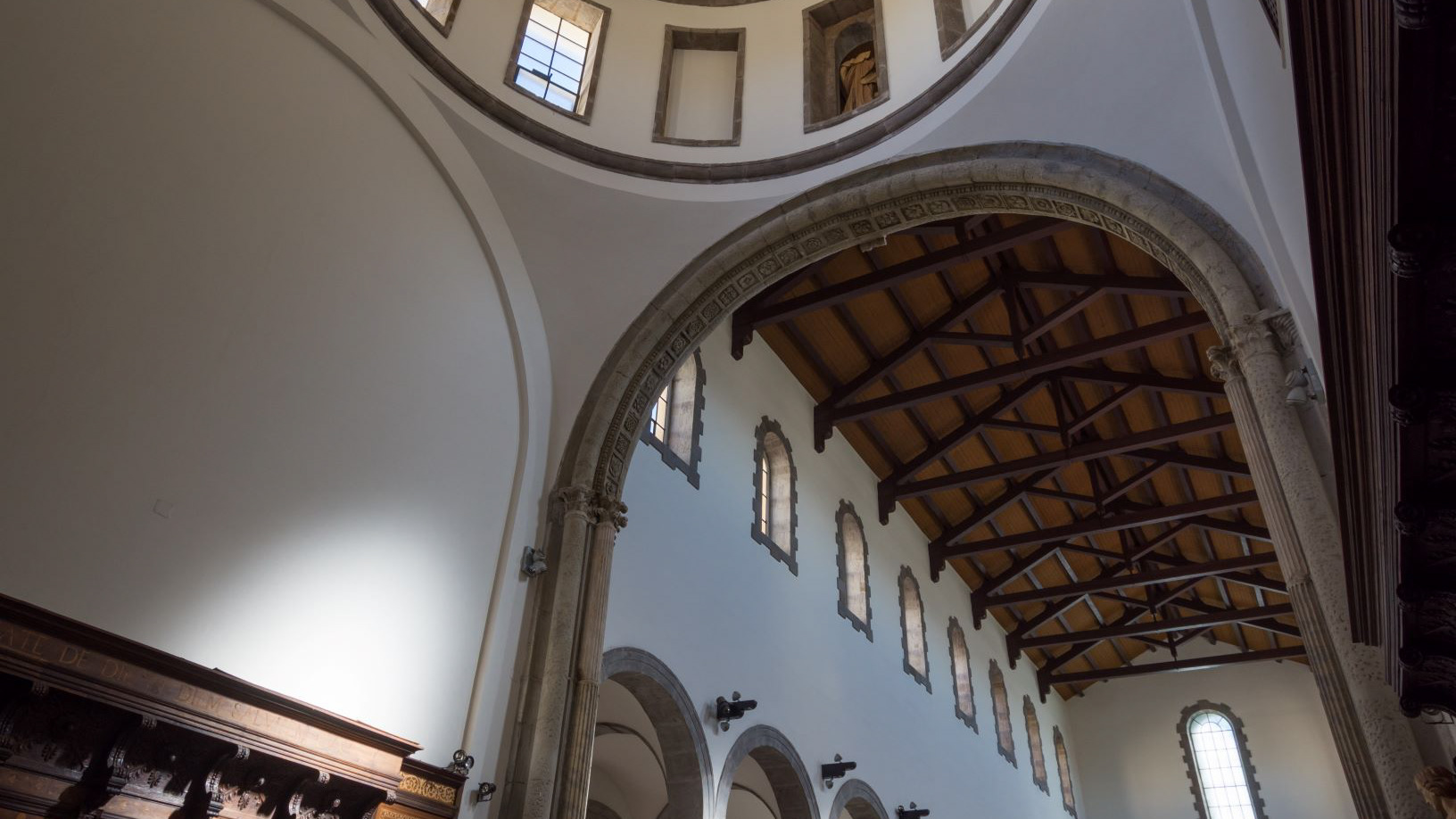
2020
Teano. The Cathedral. Apse
The cathedral, originally dedicated to San Terenziano, was later named after San Clemente. Construction began in 1050 by Bishop Guglielmo, to replace the old cathedral of San Paride ad Fontem, located outside the city walls. The works were completed in 1116 by Bishop Pandulfo. The building has a basilica structure divided into three naves by two rows of columns. In 1608 it was damaged internally by a fire that almost completely destroyed the cosmates ambo, subsequently recomposed using the remains of the previous one integrated with the marble slabs of a fourteenth-century sepulchral monument already present in the church and positioned on twisted columns, two of which rested on fountain lions. During the 16th century the Romanesque apse was modified and on that occasion a precious carved wooden choir was built in the presbytery, built in 1539 by the Benedictine Antonio Maria Sertorio. The choir underwent two restorations, the first in the 17th century and the second in 1957, following the damage suffered during the Second World War.
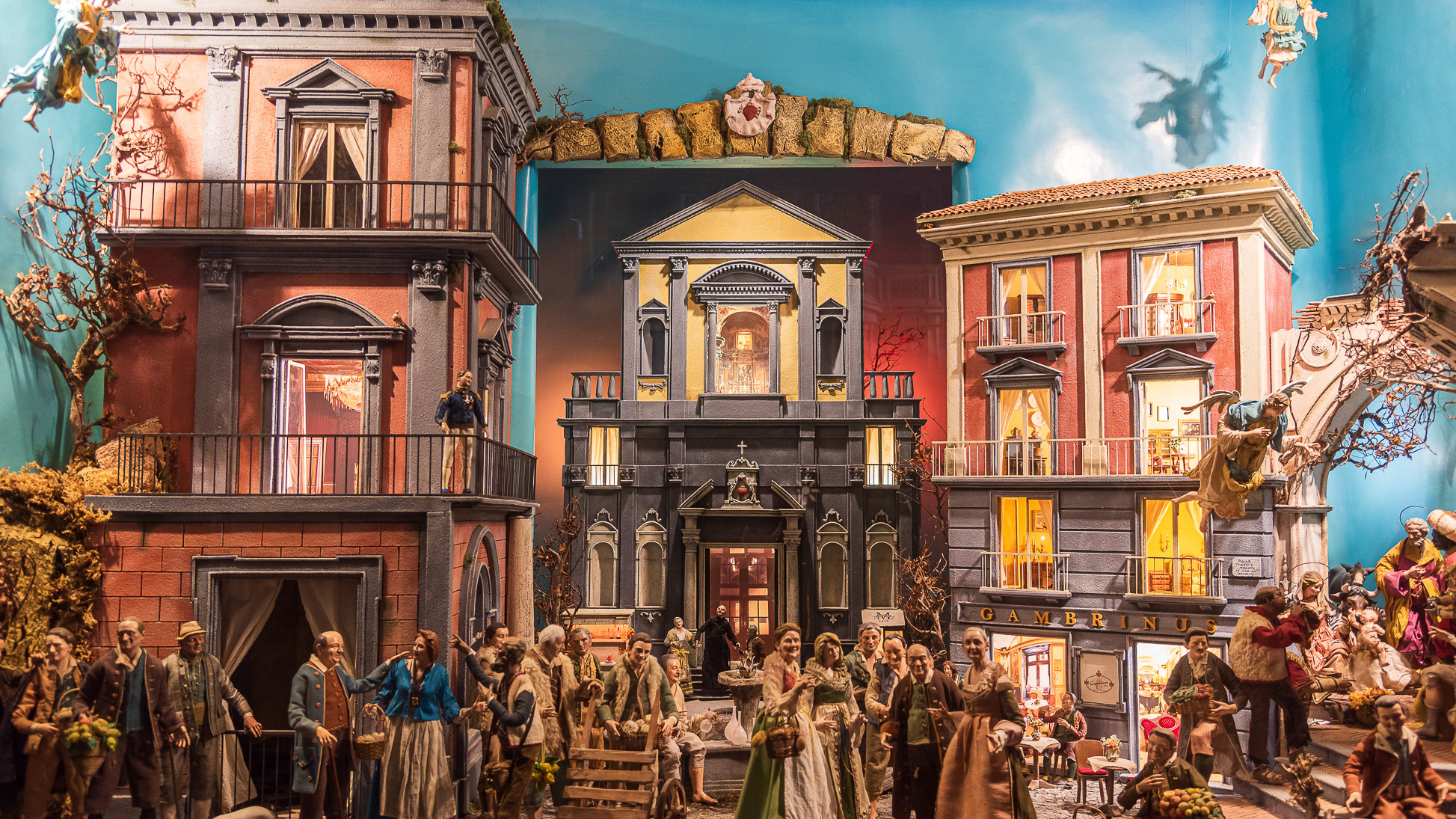
2023
Naples. The church of San Ferdinando
The church of San Ferdinando is a monumental church in Naples located in the historic center of the city, in Piazza Trieste e Trento.

2018
Campania Felix
Ancient Campania (often also identified as Campania Felix or even Ager Campanus) originally indicated the territory of the city of Capua Antica in the Roman period, and later also the plains of the various neighboring municipalities. It was a very vast territory when compared with the other Italic cities of the Roman and pre-Roman periods. It stretched from the slopes of Mount Massico (in the north) to the south of the Phlegrean Fields and the Vesuvian area. Initially it also included the ager Falernus, then it was greatly scaled down from Rome due to the alliance of the city of Capua with Annibale. Thanks to the fertility of the soil also due to the presence of the Volturno river, it deserved the name of Campania Felix.

2017
Military memorial of Mignano Montelungo
The military shrine of Mignano Montelungo is a military cemetery located in Campania, which contains the remains of 974 Italian soldiers, of which 784 who died during the Second World War in the battles of Montelungo and Cassino [1], while the rest come from the old cemetery of war of Mignano. Near Mignano Monte Lungo, between 8 and 16 December 1943, there was a battle between Italian regular units and the German army, in the liberation war of southern Italy. Built on the eastern slopes of Mount Lungo, it is about two kilometers from the municipality of Mignano Monte Lungo, in the province of Caserta, along the Via Casilina on the border with Lazio and Molise. From the entrance gate a staircase leads to the main building, at the center of which there is the main altar in dark marble, with a statue of a dying soldier, the work of the artist Pietro Canonica. On both sides the structure has a portico built in white marble. On the side of the altar there are two tombstones: one is dedicated to General Vincenzo Dapino, while on the other is the text of the congratulatory telegram from General Mark Clark to Dapino himself, for the victorious battle. The portico bears the inscription MORTUI UT PATRIA VIVAT and on the side of the access staircase, arranged in rows with shelves sloping towards the entrance, 784 soldiers who died fighting with the Italian Liberation Corps and with the Folgore Combat Groups, Legnano are buried , Mantua, Friuli and Cremona. Each tomb is marked with a white marble cross with the name carved on the tombstone.
On the last shelf is the tomb of General Umberto Utili. Also on the side of the staircase there are two stone bases on which two flagpoles with the flags of the Combat Groups are placed. On the hill, on the vertical of the staircase, there is a bronze statue of the Immaculate Madonna. In the square of the Shrine, with a ray of orientation, the various locations where the various fights took place are indicated. In front of the Memorial, on the other side of Via Casilina, a small museum has been set up where it is possible to view various documents, photographs, relics and weapons of the time, outside it there are tanks and Italian artillery pieces and British employed in the battle.

2017
Pietrelcina (BN), church of Santa Maria degli Angeli
Santa Maria degli Angeli, parish church of Pietrelcina, preserves the polychrome wooden statue of the Neapolitan school of the end of the seventeenth century depicting the Madonna della Libera, patron saint of Pietrelcina, which Padre Pio affectionately calls "our Madonnella". In this church Fra Pio began his apostolate and, having obtained the diaconate, he administered the first baptism to a child who later became a Redemptorist priest. In this regard it is said that Padre Pio put so much salt, that the newborn, opening his little mouth, squinted his eyes - "smerzava l`uocchie" - words of Brother Pio, who frightened ran to the archpriest Don Salvatore Pannullo, saying: " I killed the child ”. On the eve of the solemnity of the Assumption, on 14 August 1910, four days after being ordained a priest, Padre Pio celebrated his first mass. A few days later he wrote to Father Benedetto of San Marco in Lamis: "For several days I was a little sick; perhaps the main cause of this was the too much emotion to which the spirit has been subject in these days… my heart is overflowing with joy and it feels stronger and stronger to encounter any affliction, when it comes to pleasing Jesus ”. In this church Padre Pio had interminable moments of prayer and intimacy with God, ecstasy at the foot of the altar, and the mystical phenomenon of the fusion of hearts: "The heart of Jesus and mine, allow me the expression, were no longer two hearts that beat, but only one. My heart was gone, like a drop of water that gets lost in the sea ”. And again: "I feel everything burn without fire ... a thousand flames consume me, I feel I am dying continuously and still alive". Padre Pio celebrated masses in this church that were "too long" and "incomprehensible mystery" so much so that the guardian father had asked the parish priest to recall him in his mind, because in this way he would immediately obey him out of holy obedience.
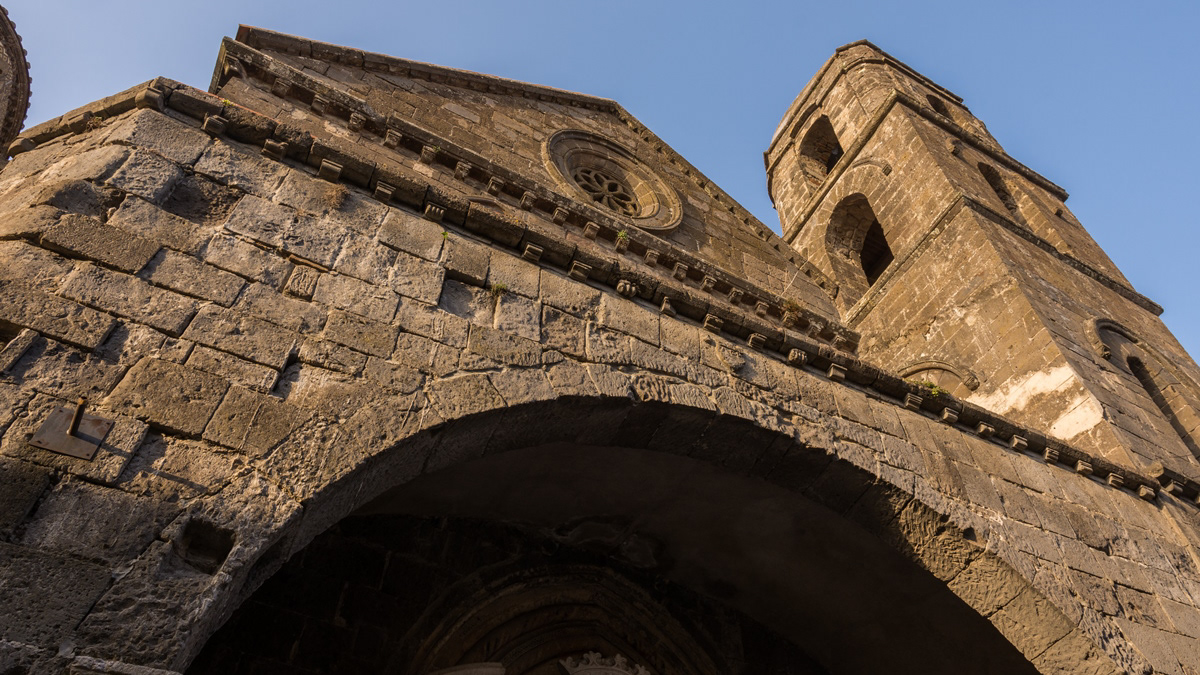
2017
Casertavecchia, church of the Annunciation
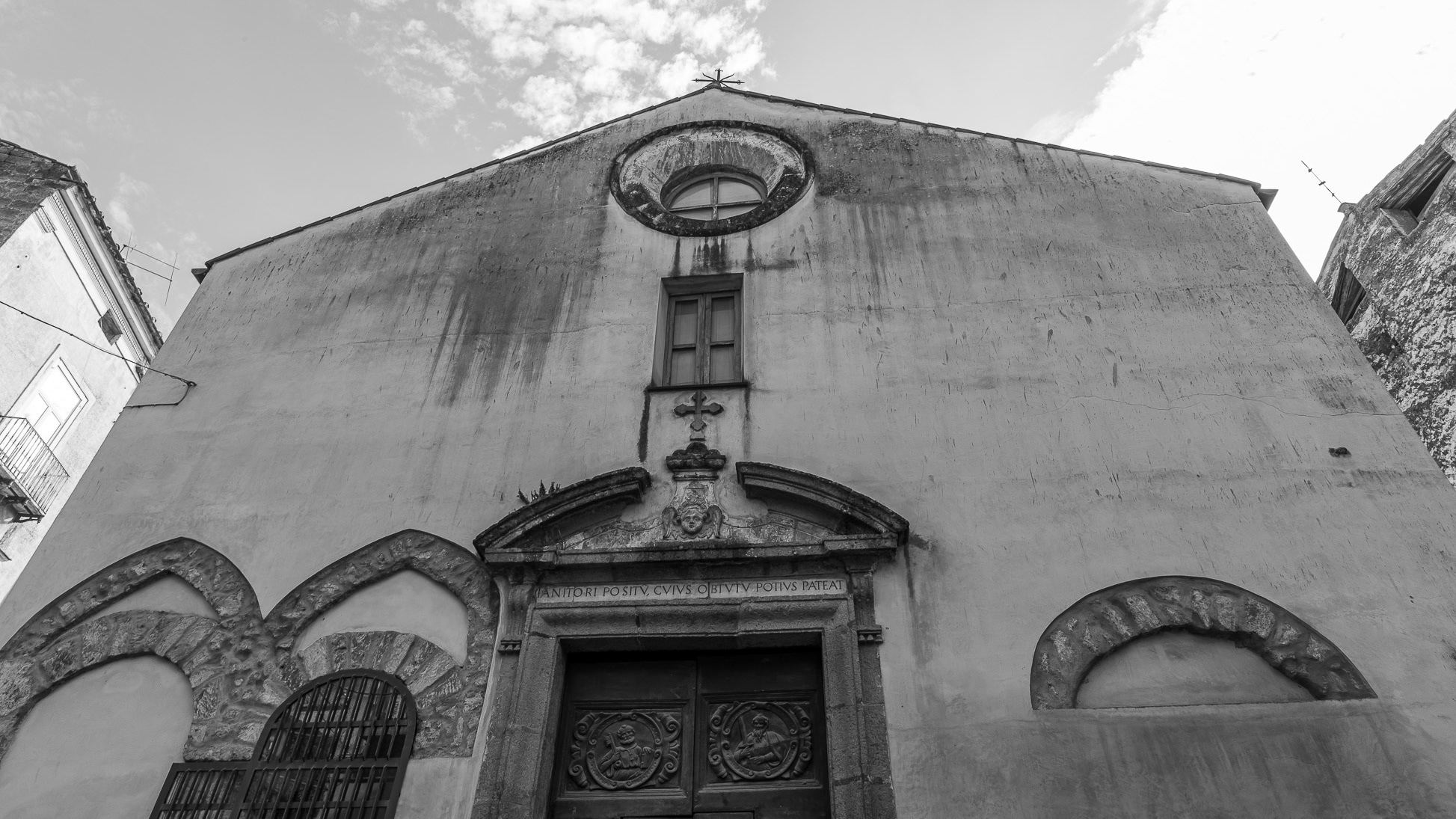
2022
Teano, Campania. The church of San Pietro in Aquariis
It would be built on the ruins of ancient Roman baths. Currently it is no longer used for worship and could be more valued for civic uses as an attractant for the entire country.

2018
Teano (CE) - Sunsets
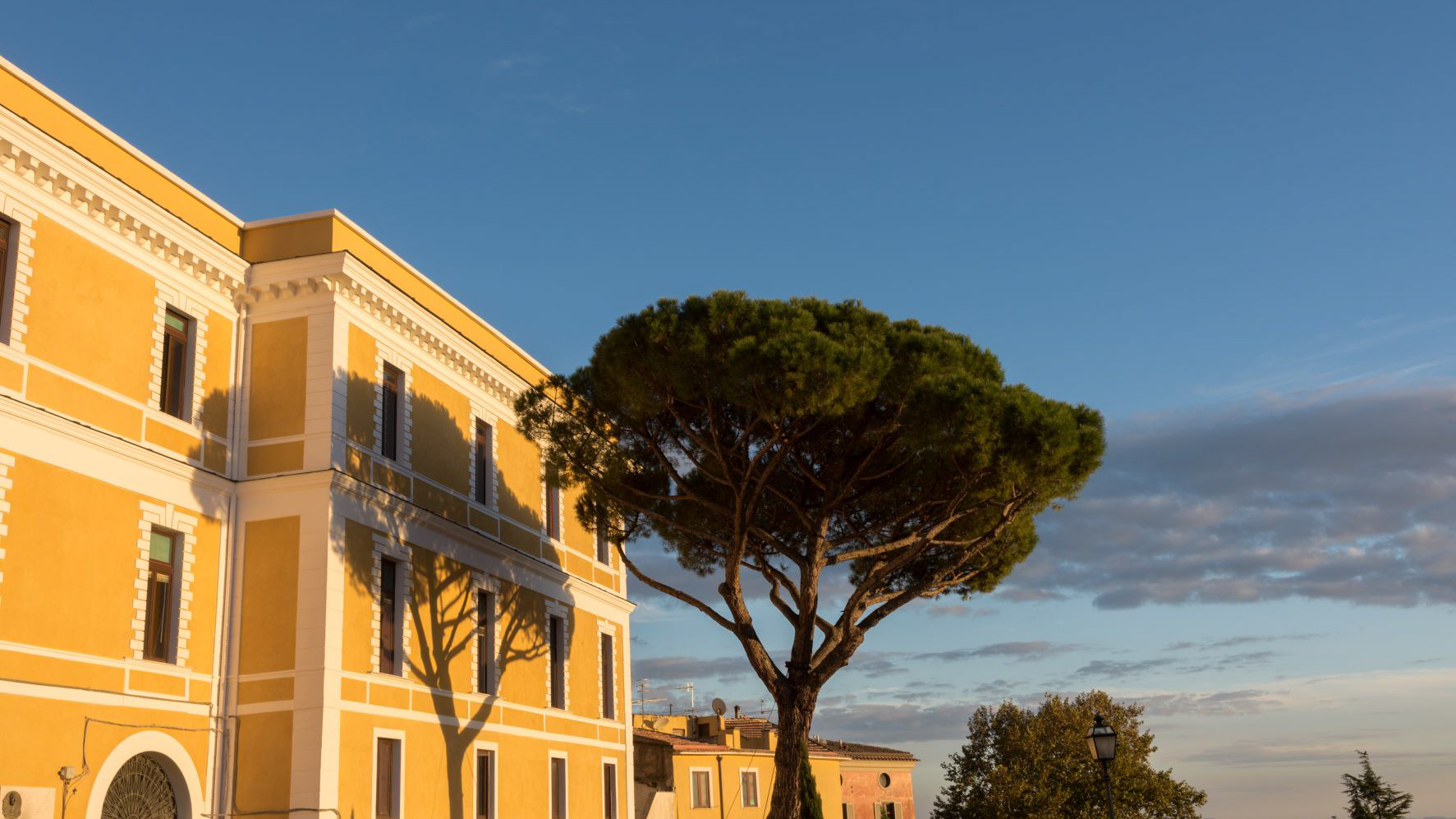
2021
Teano. Glimpses
Teano, the ancient Teanum Sidicinum, well known as the site of the historic meeting between Vittorio Emanuele II and Garibaldi in 1860, is located at the foot of the Roccamonfina volcanic group in the province of Caserta, has a rich monumental heritage, great environmental value and numerous ancients. Inhabited by the populations of the Aurunci and Sidicini, of Samnite origin and perhaps occasional cause of the outbreak of the first Samnite war in 343 BC, it has returned some of the first four documents in Italian vernacular, just after the middle of the tenth century, the "papers of Teano". The city was the birthplace of Antonello Petrucci one of the leaders of the so-called fifteenth-century Conjugation of the Barons and owner of a palace in Naples located in Piazza San Domenico Maggiore, next to the entrance to the church of the same name. The ancient Teanum occupied the place of the current city while the thermal baths and the amphitheater fell outside the walls, had an irregular perimeter and an area of about 7 and a half hectares.

2021
Roccamonfina. The Sanctuary of Maria SS dei Lattani
The Sanctuary of Maria Santissima dei Lattani is a Marian sanctuary located in the territory of the municipality of Roccamonfina, in Campania.
